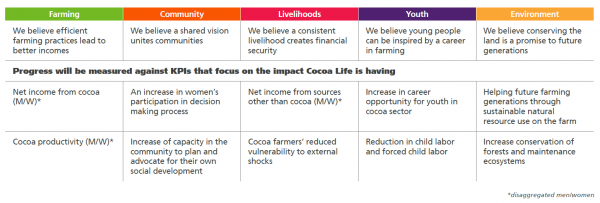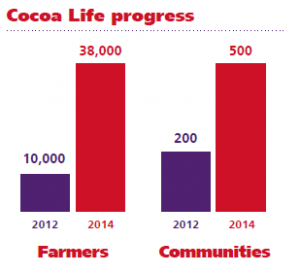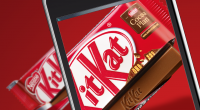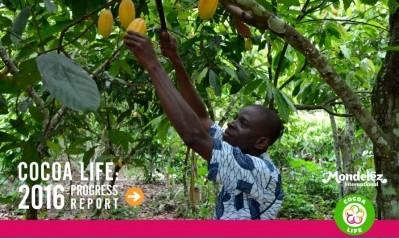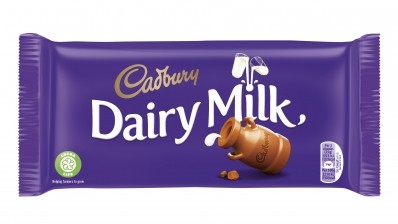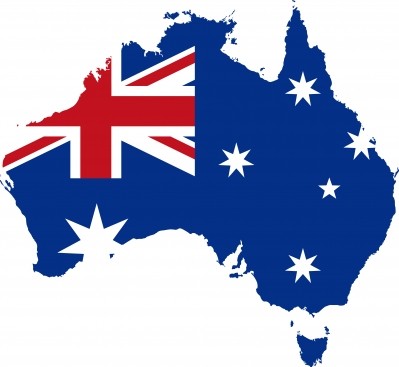Cocoa Life program update
Mondelēz: Deadlines on sustainable cocoa are not realistic
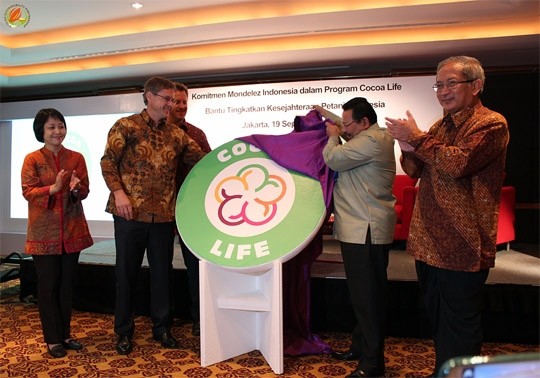
The Cadbury and Milka owner says conditions for cocoa farmers haven’t changed much in half a century and admits a big transformation is needed, but claims stringent deadlines would be counter-productive.
‘Dates are difficult’
“All the companies are looking at sustainability from their own perspective…I think what we really decided to go for was to do the right thing and make a transformation. Dates are difficult because there are chunks of learning…The more you learn about doing things on the ground you realize that things take time,” said Cathy Pieters, director of Mondelēz’s Cocoa Life program.
Launched in 2012, the $400m 10-year Cocoa Life program sets out to bring change in the cocoa sector, extending Cadbury’s earlier work, mainly in Ghana, under the 2008 Cadbury Cocoa Partnership.
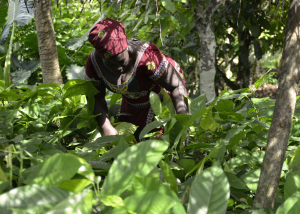
But, unlike Mondelēz’s competitors, Hershey, Ferrero and Mars who have pledged to source 100% certified cocoa (Fairtrade, UTZ certified etc.) by 2020, it has not set a target to scale up its Cocoa Life program.
It’s not realistic to say we will be totally Cocoa Life by 2020…From the beginning we were keen not to set a date,” said Pieters, adding that Mondelēz preferred a holistic approach that should have greater impact on the ground.
Cocoa Life has continued Cadbury's work in Ghana and is now active in Côte D’Ivoire and Indonesia. Mondelēz also plans to develop the program in Brazil and the Dominican Republic. Latest figures suggest 10% of Mondelēz’s cocoa supply was covered by Cocoa Life at the end of 2013, mostly from volumes that were certified by Fairtrade and Rainforest Alliance.
“There needs to be a real transformation in behavior. If you compare to 50 years ago, in reality, not a lot has changed. There will be no cocoa if that transformation does not happen,” said Pieters.
Third party verification
Mondelēz last week appointed non-profit FLOCERT to verify the tonnage from Cocoa Life that enters Mondelēz’s supply chain. The company also has a partnership with Harvard University, which it entered into last year. Harvard will measure the social impact of Cocoa Life every three years against ten key performance indicators (KPIs) “There’s nothing Mondelēz can do to direct anything on those KPIs, only Havard,” said Pieters, adding that Harvard was free to publish its report independently of Mondelēz.
Mondelēz introduced third party verification for Cocoa Life shortly after NGOs accused the company of trying to self-regulate child trafficking in the cocoa sector, although Pieters said the verification was not added in response to NGO pressure and had been planned from the beginning.
Premiums and certification
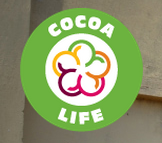
Cocoa Life farmers will receive a premium for their produce, but unlike Fairtrade-certified farmers, their premium will not be fixed or guaranteed.
Cocoa Life instead aims to boost farm income through yield increases. Mondelēz sets farmers expectations on fertilizer-use and pruning before the harvest to help them boost quality and productivity. Participating farmers are then free to negotiate the best price and premium with any buyer.
“The premium is only a small tool in the farmer benefit we’re trying to build,” said Pieters. “We don’t want it confused with a certification premium,”

She added that third party certifiers like Fairtrade and UTZ Certifed would play no role in the Cocoa Life program. We asked if Mondelēz would move away from third party certification as more of Mondelēz’s cocoa volumes were covered by Cocoa Life “That’s not the plan today,” she said.
By the end of 2016, The European Committee for Standardization (CEN) and the International Organization for Standardization (ISO) will create a joint standard for traceable and sustainable cocoa that can be used as a voluntary reference for company programs.
“We are very active in the development of the CEN standard, so it will play a role,” said Pieters.
Farm size, R&D and mechanization
Pieters said farm sizes had to increase to provide cocoa farmers adequate income.
The average cocoa farm in West Africa is three to four hectares, according to a 2011 report by the International Cocoa Initiative.
Joost Oorthizen, executive director of the Sustainable Trade Initiative (IDH), said at last year’s World Cocoa Foundation Partnership Meeting that such small farm sizes could never provide prosperous livelihoods.
Chief executive of the Ghana Cocoa Board Stephen Opuni said at the same conference farm sizes needed to be at least 10 hectares to attract the next generation of farmers.
Nestlé sustainable cocoa targets
Nestlé is the only other top five chocolate company that has not set a target to source 100% sustainable cocoa. The company’s sustainability program, the Nestlé Cocoa Plan, covered 80,000 metric tons of cocoa in 2014 and reached 42,000 farmers. The company does not publicly list its annual cocoa volumes or the amount of farmers supplying its factories every year, so it is difficult to say what percentage of the company’s supply the Cocoa Plan covers.
Pieters added that there were further opportunities to transform the cocoa sector through R&D and mechanization. In 2013, Mars publically released the genetic markers for the most commonly cultivated cacao tree, claiming the research had potential to boost yields by 500%, but adding it would take around eight years to create high-yielding clones.
Mondelēz on cocoa plantations
We asked Mondelēz how industrial-scale cocoa plantations, such as United Cacao’s planned 2,000 hectare farm in Peru, would affect smallholder cocoa farmers in Africa.
It’s very interesting what’s happening. I just hope that it is embedded in the local capacity and the environment. There needs to be a social reality check.” said Pieters, adding that any large plantation must ensure it is part of a development agenda.
